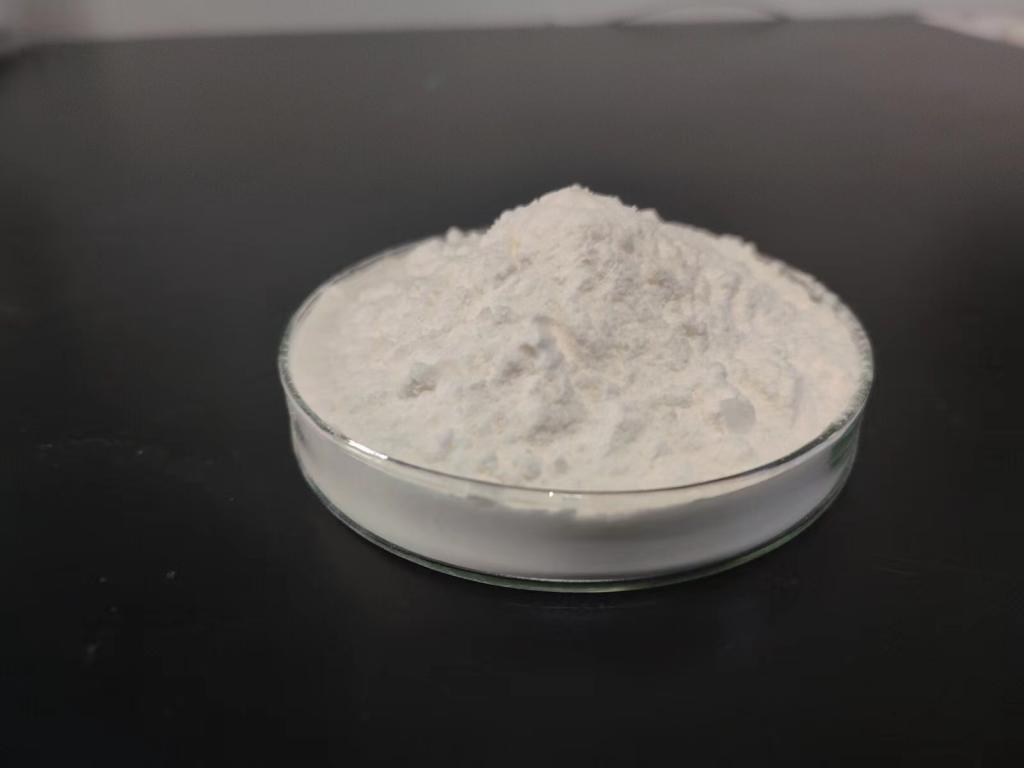Tel:0086 18231198596

News
Current Position:
Home >
News
>Harnessing ε-Polylysine Hydrochloride for Enhanced Water Quality in Aquatic Systems
Harnessing ε-Polylysine Hydrochloride for Enhanced Water Quality in Aquatic Systems
TIME:2024-01-25
Water Quality Challenges in Aquatic Systems:
Aquatic ecosystems, including lakes, rivers, and oceans, face numerous challenges related to water quality. Pollution from agricultural runoff, industrial discharges, and untreated wastewater, along with the proliferation of harmful microorganisms, poses significant threats to the health of aquatic environments. Contaminants such as pathogenic bacteria, algae, and viruses can lead to the degradation of water quality, impacting both aquatic life and human populations dependent on these water sources.
Antimicrobial Properties of ε-Polylysine Hydrochloride:
ε-Polylysine Hydrochloride, derived from Streptomyces albulus, is known for its potent antimicrobial properties. Its ability to disrupt the cell membranes of various microorganisms, including bacteria, fungi, and viruses, makes it a promising candidate for addressing microbial contamination in aquatic systems. The specificity of ε-Polylysine Hydrochloride for microbial cells minimizes its impact on non-target organisms, providing a targeted and environmentally friendly solution.
Applications in Microbial Control:
The application of ε-Polylysine Hydrochloride for microbial control in aquatic systems is multifaceted:
a. Bacterial Contamination: ε-Polylysine Hydrochloride can be employed to control bacterial contamination in water bodies. Targeting pathogenic bacteria that pose risks to aquatic life and human health, ε-Polylysine Hydrochloride offers a natural and effective means of microbial control.
b. Algal Blooms: Algal blooms, fueled by nutrient pollution, can lead to ecological imbalances and harmful consequences for aquatic ecosystems. ε-Polylysine Hydrochloride has shown potential in mitigating algal blooms by inhibiting the growth of algae, particularly harmful algal species that produce toxins.
c. Viral Pathogens: The antiviral properties of ε-Polylysine Hydrochloride make it a valuable tool for controlling viral pathogens in aquatic systems. Targeting waterborne viruses, ε-Polylysine Hydrochloride can contribute to reducing the risk of waterborne diseases.
Environmental Sustainability:
One of the key advantages of harnessing ε-Polylysine Hydrochloride for water quality enhancement is its alignment with principles of environmental sustainability:
a. Biodegradability: ε-Polylysine Hydrochloride is biodegradable, meaning that it can naturally break down over time without causing persistent environmental harm. This characteristic supports sustainable practices in aquatic system management.
b. Minimal Impact on Non-Target Organisms: The specificity of ε-Polylysine Hydrochloride for microbial cells minimizes its impact on non-target organisms, such as aquatic plants and animals. This targeted approach contributes to maintaining ecological balance.
c. Reduced Reliance on Chemical Agents: The use of ε-Polylysine Hydrochloride offers an alternative to traditional chemical agents for water treatment. Reducing reliance on chemical treatments aligns with efforts to minimize the environmental footprint of water quality management practices.
Challenges and Considerations:
While the potential of ε-Polylysine Hydrochloride in enhancing water quality is promising, several challenges and considerations must be addressed:
a. Dosage Optimization: Determining the optimal dosage of ε-Polylysine Hydrochloride for different water bodies and environmental conditions is a crucial aspect of its effective application.
b. Long-Term Effects: Research is needed to assess the long-term effects of ε-Polylysine Hydrochloride in aquatic ecosystems, including its persistence, potential accumulation, and any unintended ecological consequences.
c. Interactions with Other Treatment Methods: Understanding the interactions of ε-Polylysine Hydrochloride with other water treatment methods, such as UV treatment or filtration, is essential for developing integrated and effective water quality management strategies.
Research and Development Initiatives:
Ongoing research and development initiatives are essential for advancing the application of ε-Polylysine Hydrochloride in water quality enhancement:
a. Formulation Studies: Researchers are exploring different formulations and delivery methods to optimize the stability and efficacy of ε-Polylysine Hydrochloride in aquatic environments.
b. Ecotoxicity Studies: Comprehensive ecotoxicity studies are necessary to evaluate the impact of ε-Polylysine Hydrochloride on non-target organisms and ecosystems over extended periods.
c. Field Trials: Conducting field trials in diverse aquatic settings will provide valuable insights into the real-world efficacy of ε-Polylysine Hydrochloride and its practical application in water quality management.
Regulatory Considerations:
The regulatory landscape for the use of ε-Polylysine Hydrochloride in water quality management must be navigated to ensure compliance with safety and environmental standards. Collaboration between researchers, regulatory authorities, and environmental agencies is essential for establishing guidelines and protocols for its responsible use.
Future Prospects:
The future prospects of harnessing ε-Polylysine Hydrochloride for enhanced water quality in aquatic systems are promising:
a. Integration into Water Treatment Plants: ε-Polylysine Hydrochloride could be integrated into water treatment plants as part of a multi-barrier approach to ensure safe and clean water for human consumption.
b. Aquaculture Applications: The antimicrobial properties of ε-Polylysine Hydrochloride may find applications in aquaculture settings to control microbial contamination and promote the health of farmed aquatic species.
c. Sustainable Water Resource Management: By contributing to the reduction of microbial contamination, ε-Polylysine Hydrochloride can play a role in sustainable water resource management, ensuring the availability of clean water for various uses.
d. Global Collaboration: International collaboration and knowledge sharing among researchers, environmental organizations, and regulatory bodies will be crucial for developing standardized approaches to the application of ε-Polylysine Hydrochloride in diverse aquatic environments.
Conclusion:
Harnessing ε-Polylysine Hydrochloride for enhanced water quality in aquatic systems represents a promising frontier in the quest for sustainable and effective water management solutions. From controlling microbial contamination to promoting environmental sustainability, the unique properties of ε-Polylysine Hydrochloride position it as a valuable tool in the arsenal of next-generation water quality enhancement strategies. As research progresses and regulatory frameworks are established, ε-Polylysine Hydrochloride has the potential to contribute significantly to safeguarding the health and balance of aquatic ecosystems worldwide.

 CONTACT
CONTACT




